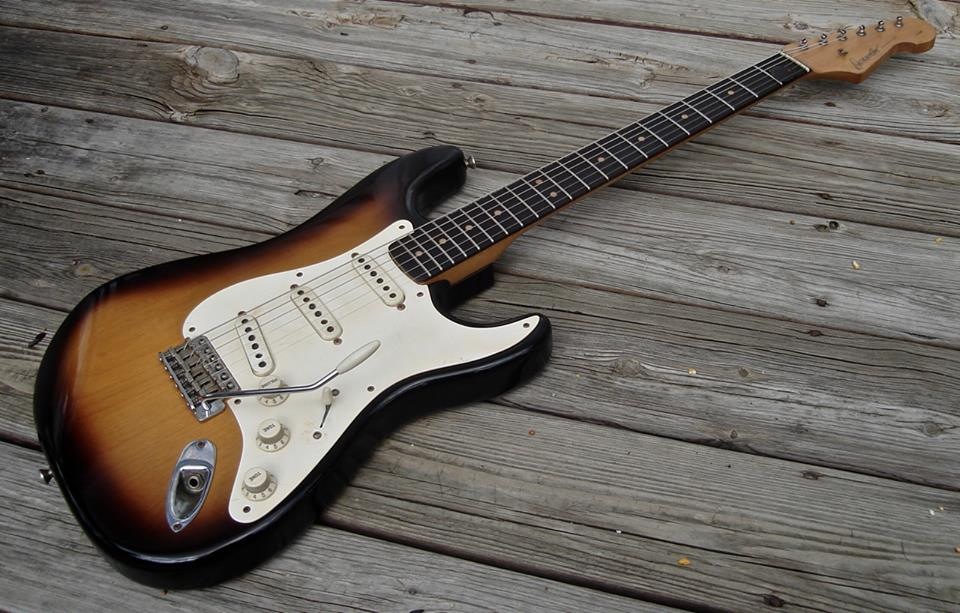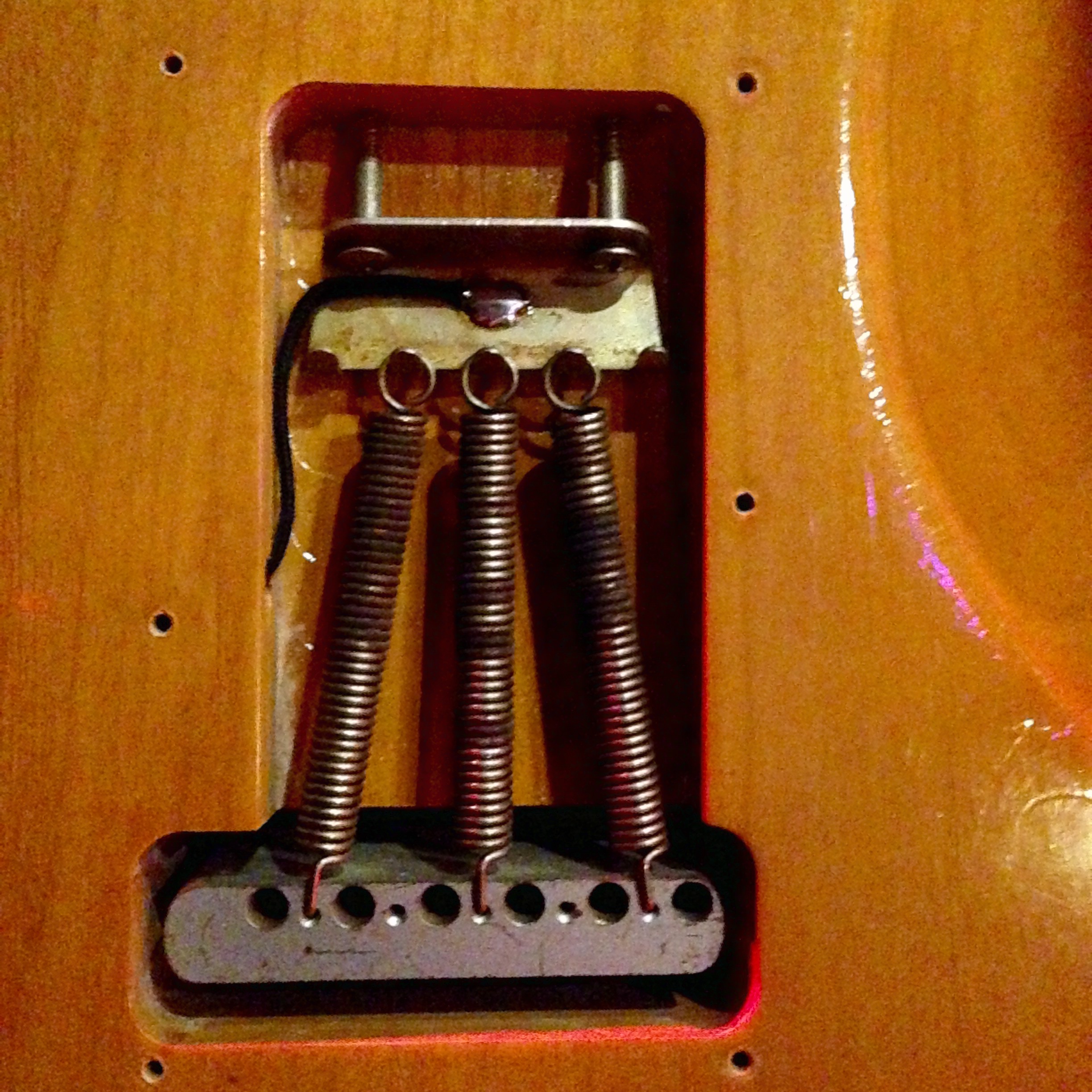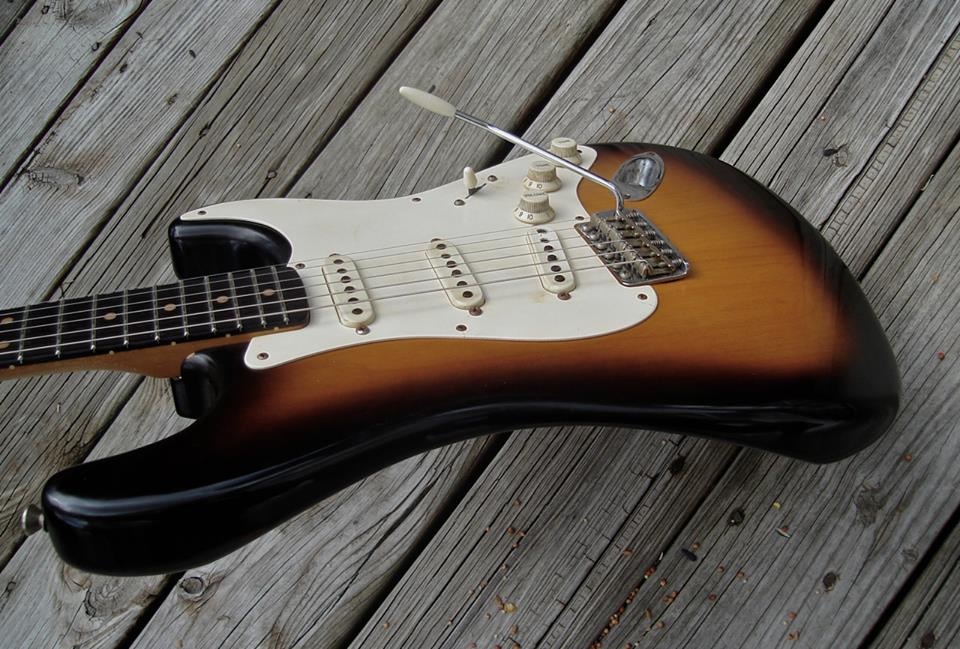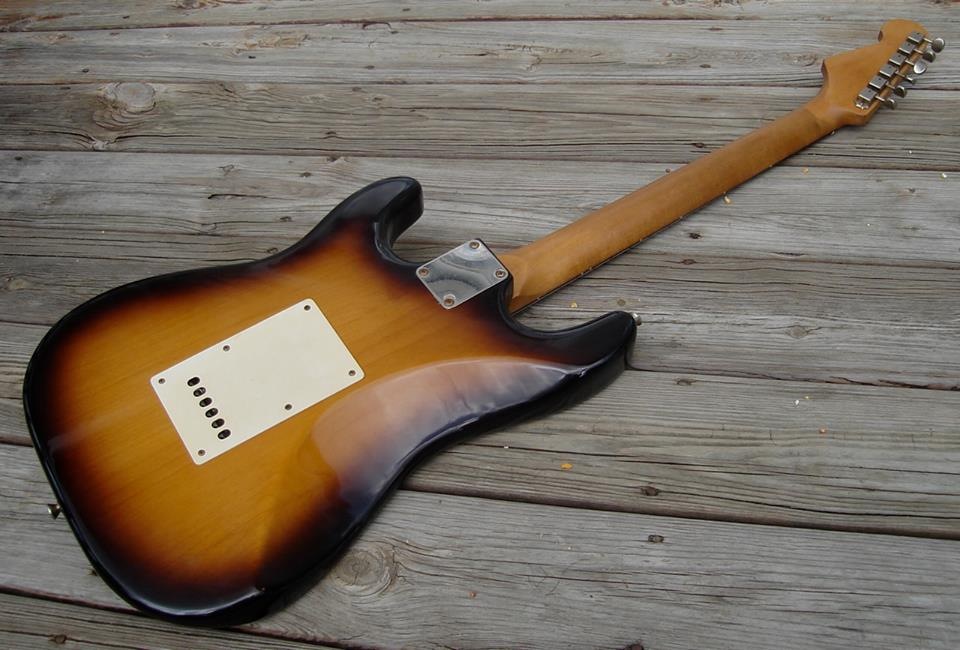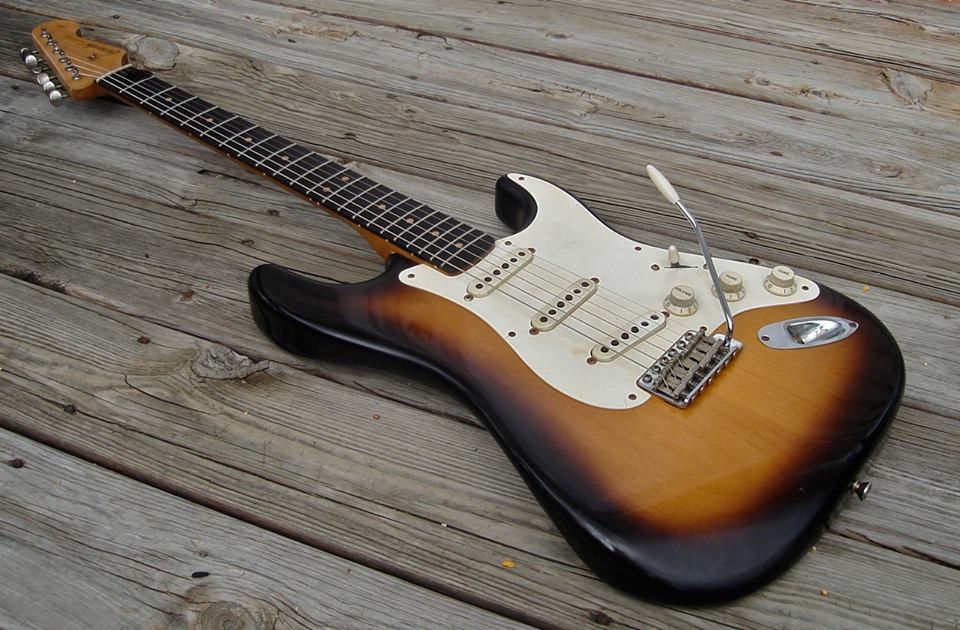Hello Gearheads! Today I have an incredibly cool trio of pedals from the amazing Austin, TX based Shin-Ei Products, makers of the venerable Vibe Bro (one of the closest recreations of the original Uni-Vibe). Shin-Ei, led by Bob Feldman, are setting out to not only bring back the company's namesake from the grasp of history and time, but also to recreate some of the coolest and killer sounding effects that made the original Japanese company what it was. The pedals sound amazing, look amazing and feel amazing. The amount of attention to detail is off the charts with everything Bob and crew are coming out with. Down to period correct labels, every aspect of the original design is there... and more.
While I am focusing on Shin-Ei's newest release, the Screaming Sister 8ctave Boost, I am also going to showcase the Vibe Bro and B1G 1 Gain Booster. All the pedals work so well together, it's truly evident that major craftsmanship is at play here. These are, first and foremost, handmade, hand-wired and artfully created tools for making music.
The Screaming Sister 8ctave Boost is a tribute to the vintage octave boost pedal used by many iconic guitarists including Doyle Bramhall II, Johnny Lang and Kenny Wayne Shepherd. While it's slightly different than the standard Octavia style octave fuzz, those types of tones are absolutely available. The ability to mix in the clean signal with the octave fuzz is key for a vintage fuzzed out tone, heard often by players mentioned above. Simply put, the Screaming Sister sounds KILLER... like, really good. It's got a very vintage leaning, with a germanium transistor type tone that sits in between soulful and sinister. It's the kind of pedal you step on for a solo and heads turn... there's a reason these tones are sought after. While the tone is always the most important aspect for any kind of gear, this pedal also looks amazing. It's enclosure is a nicely weighted cold rolled steel that's powder coated and will stand the rigors of any road you choose to travel. Shin-Ei are also using a new silent "Demont" footswitch that is not only the highest caliber but also is really cool for quiet moments where you don't want an audible click when turning on the pedal. A nice touch that really adds to the feel and vibe of the pedal.
The Vibe Bro of course is the flagship pedal and first offering from the newly rebranded Shin-Ei. The King of Uni-Vibe pedals in my opinion, from the incredible enclosure to the tone and feel of the pedal. I've owned a lot of Uni-Vibe clones (more than a bunch, to be honest) and over the years I've always kept a hefty search open for the best sounding and feeling Uni-Vibe available. The Vibe Bro is just one of those pieces of gear that once you get into it, you realize that it's all there. It's quite literally the closest sounding version of the photocell modulating chorus made famous by Jimi Hendrix, David Gilmour and Robin Trower. Jimi was obsessed with the tone of being underwater and undulating chorusing... so am I. It only makes perfect sense that the apple of my "vibe-eye" should come from a company setting out to recreate the original in the name and tone. The Vibe Bro is truly a vibe connoisseur's Best In Show, in my opinion. Just try to not feel something wonderful while the waves flow over you as you play... I dare you!
Lastly, I decided to showcase Shin-Ei's B1G 1 Gain Booster as I had a chance to get to know it a few months ago during a "Quick-Look" Demo on the pedal. A fantastic clean boost and EQ sweetener designed by electronics guru Lee Jackson, the B1G 1 is a serious piece of kit. Take a look at that Gearheads post here: Shin-Ei B1G 1 Quick-Look Demo. It's one of those incredible pedals that's decidedly simple yet so effective, and sounds so good!
Well, that's enough talking shop for now... Onto to the music!
Check out the video demo below and as always, please LIKE, COMMENT & SUBSCRIBE for more of the best gear reviews and content around!
- M.






















